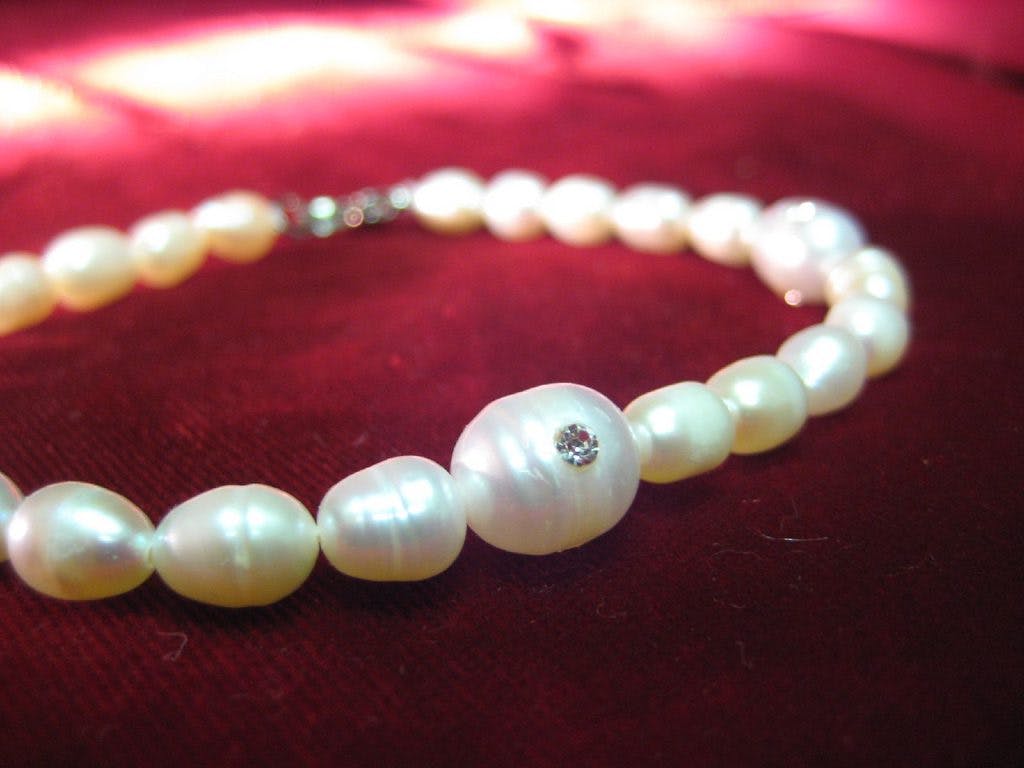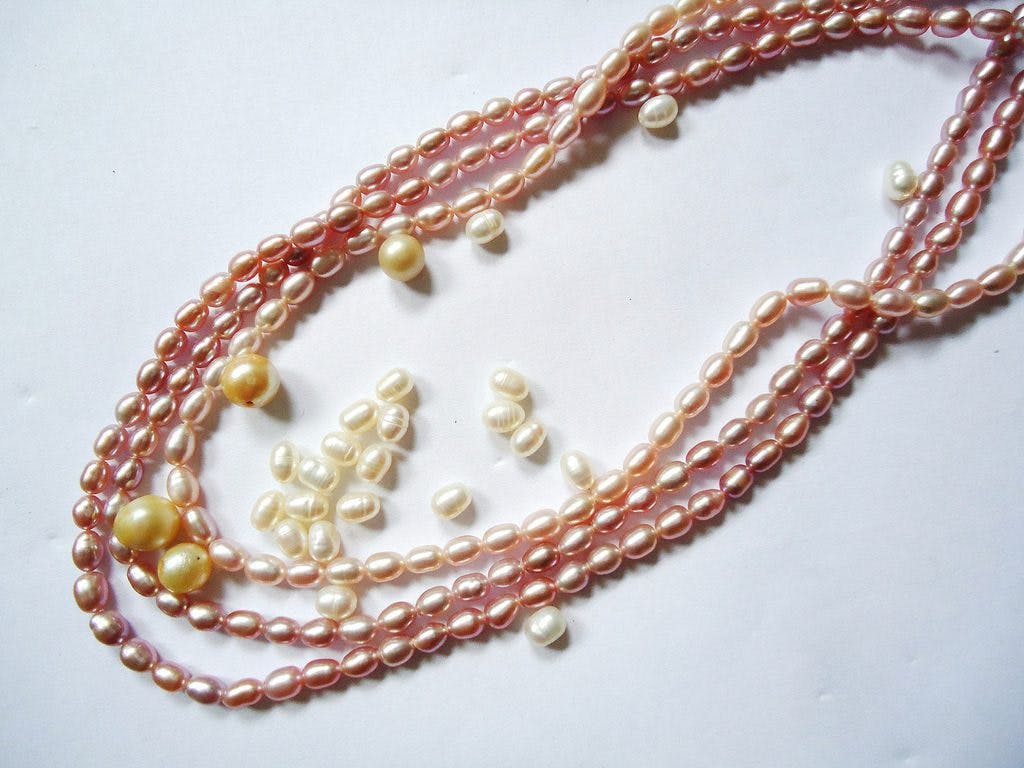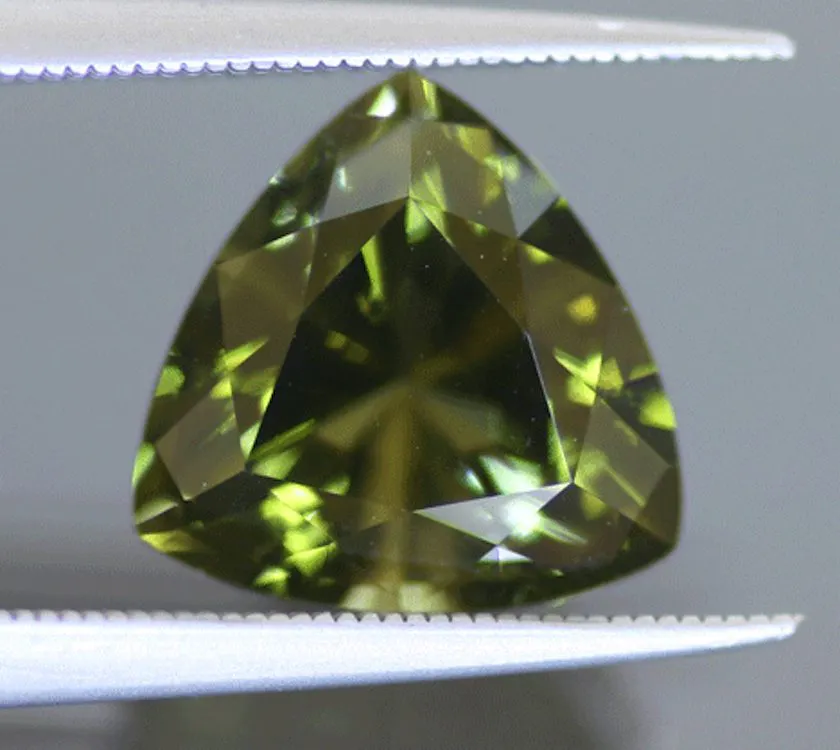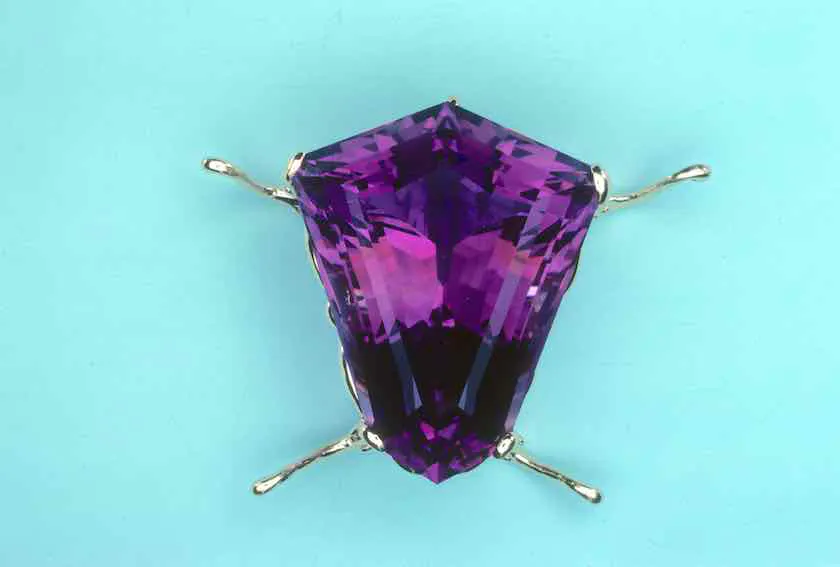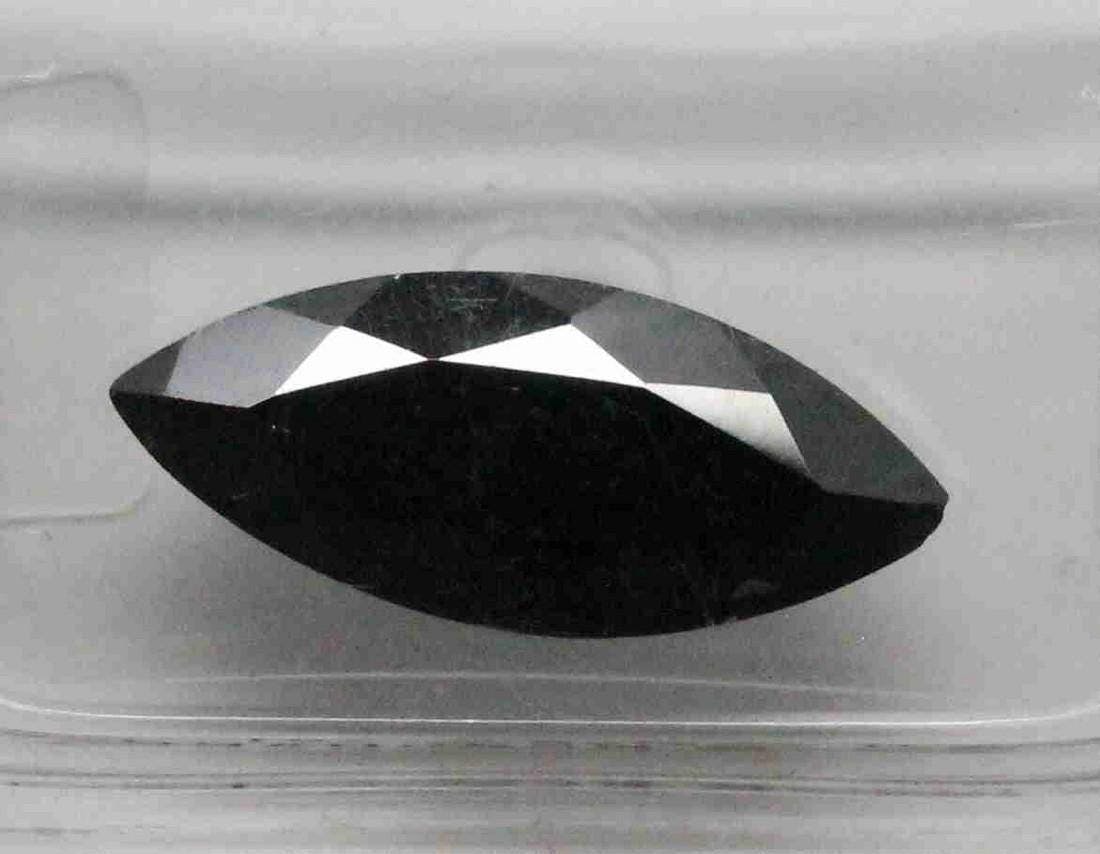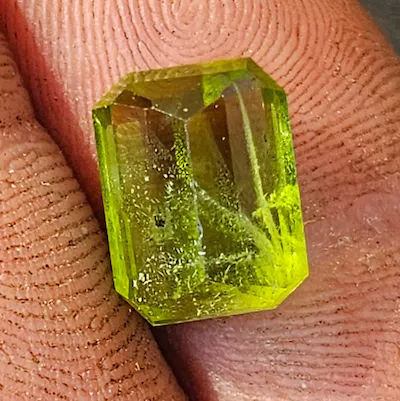News
Pearls: The Gemstones Found within Living Creatures
Discover the fascinating world of pearls, mesmerizing gemstones admired for their ethereal beauty, and unravel the intriguing story of their origin within living creatures. Did you know that these exquisite gems, most of which are cultivated, have captured the hearts of jewelry enthusiasts for centuries? At Melogems, we delve into the enduring appeal of pearls, which serve as the traditional June birthstone and have become synonymous with elegance and grace.
Understanding what makes a pearl valuable involves considering factors such as luster, shape, surface quality, color, and size. While natural pearls, incredibly rare and precious, command a hefty price, the advent of cultured pearls has made them more accessible. This innovative practice involves inserting irritants into mollusks and allowing them to grow in farms. With a rich history dating back 6,000 years and symbolic associations with love and weddings, pearls continue to enchant with a range of colors, from classic white to mesmerizing shades of pink and black.
It’s crucial to note that not all pearls are created equal, as faux pearls made from materials like glass and plastic are mere imitations. So, the next time you find yourself admiring a magnificent string of pearls, take a moment to appreciate not only their allure but also the captivating story of their origin within living creatures. Explore the world of pearls with Melogems for a deeper understanding of these timeless gems.
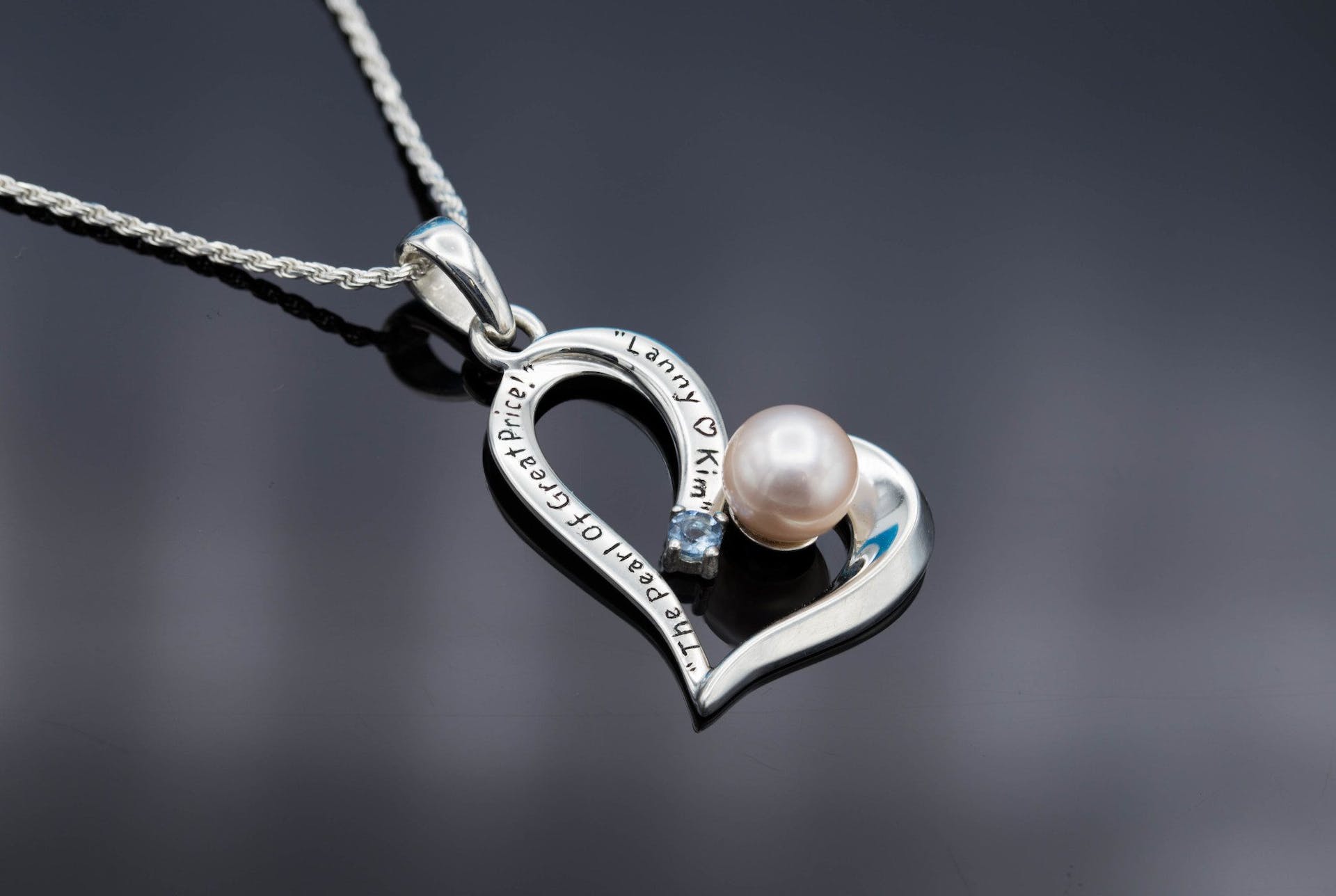
What are Pearls?
Pearls are unique gems that are found within living creatures. Unlike other gemstones that are mined from the earth, pearls are formed inside certain mollusks, such as oysters and mussels. These remarkable organisms produce pearls as a defense mechanism when an irritant, such as a grain of sand, enters their shell. To protect themselves, the mollusks secrete layers of nacre, a combination of minerals and proteins, which gradually build up and form the pearl.
Most of the pearls on the market today are not natural, but rather cultivated through a process known as pearl farming. Cultivated pearls are created by introducing an irritant, such as a piece of shell or a bead, into a mollusk and allowing it to develop over time. These pearls dominate the market due to their availability and affordability compared to natural pearls.
Pearls have an enduring appeal for jewelry due to their timeless beauty and elegance. They have been coveted and used in adornments for thousands of years, symbolizing purity and sophistication. As the traditional birthstone for the month of June, pearls are often incorporated into jewelry pieces to celebrate birthdays and anniversaries.
Factors Influencing Pearl Value
Several factors contribute to the value of a pearl:
Luster
One of the most important qualities of a pearl is its luster, which refers to its ability to reflect light. High-quality pearls have a beautiful, radiant glow that is often described as a soft, inner glow.
Shape
The shape of a pearl is another crucial factor in determining its value. While perfectly round pearls are considered the most desirable and valuable, pearls can come in various shapes, including teardrop, button, and baroque (irregular) shapes.
Surface Quality
The surface quality of a pearl is assessed based on its smoothness and the presence of any blemishes, such as spots, cracks, or pits. Pearls with a smooth surface and minimal imperfections are considered to be of higher quality.
Color
The color of a pearl can range from white to black, with various shades in between. White pearls are classic and versatile, while black pearls, such as Tahitian pearls, are known for their rarity and unique beauty. Pink pearls, which can range from pale blush to vibrant rose shades, are also highly sought after.
Size
The size of a pearl is measured in millimeters and can greatly affect its value. Larger pearls are generally more valuable, especially if they possess other desirable qualities such as high luster and good surface quality.
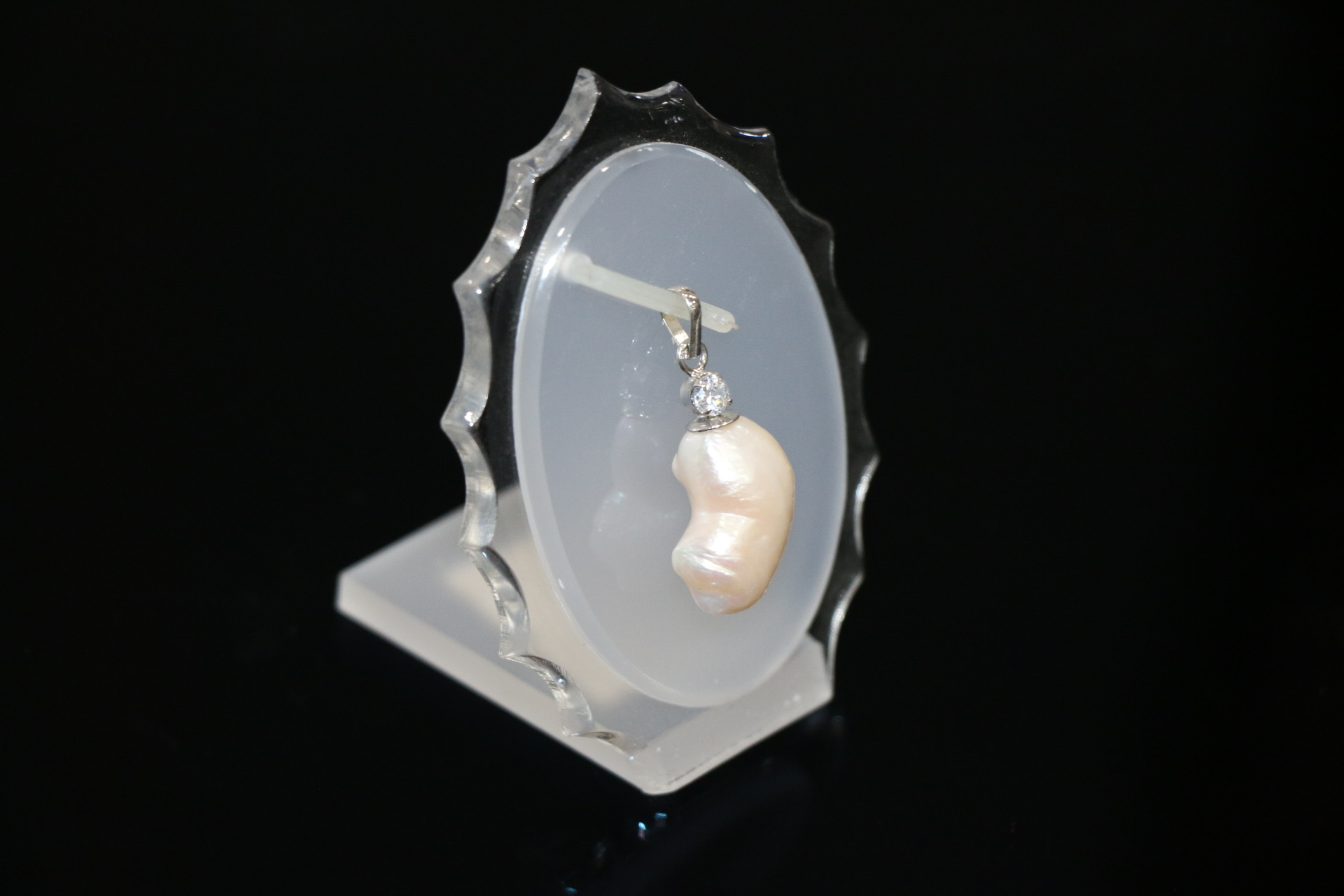
Natural Pearls vs. Cultured Pearls
Natural pearls are incredibly rare and are formed without any human intervention. They occur spontaneously when an irritant, such as a small organism or debris, enters a mollusk’s shell. In response, the mollusk secretes layers of nacre around the irritant to protect itself, eventually forming a natural pearl. Due to their rarity, natural pearls hold a significantly higher value compared to cultured pearls.
Cultured pearls, on the other hand, are created through a deliberate process by pearl farmers. The cultivation process involves carefully inserting irritants, such as shell beads or tissue, into mollusks and allowing them to grow and develop over time. This controlled environment enables farmers to produce a consistent supply of pearls that are more accessible and affordable than their natural counterparts.
While some purists may prefer the rarity and uniqueness of natural pearls, cultured pearls have become the norm in today’s jewelry market. Their quality has improved significantly over the years, and many cultured pearls rival natural pearls in terms of their beauty and desirability.
Historical Significance of Pearls
Pearls have a rich history and have been treasured in jewelry for over 6,000 years. They have been used by various civilizations throughout the ages, from ancient Egypt and Rome to Renaissance Europe and beyond. Pearls have been associated with wealth, power, and beauty, and were often worn by royalty and nobility as a symbol of their status.
In addition to their importance in social and cultural contexts, pearls have symbolic associations with weddings and love. They are often incorporated into bridal jewelry, representing purity, innocence, and eternal love. Pearls are also known as the birthstone for the month of June, making them a popular choice for birthday gifts and anniversary celebrations.
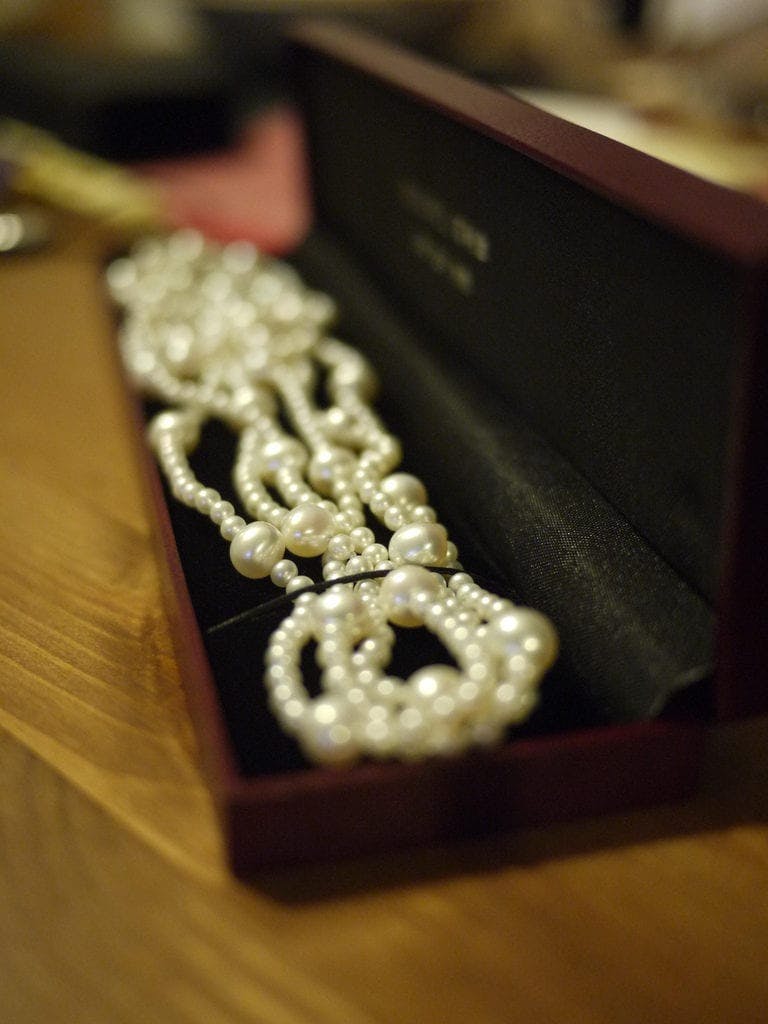
Variety of Pearl Colors
Pearls come in a mesmerizing array of colors, offering a wide range of options to suit individual tastes and preferences. While white pearls are the most classic and widely recognized, there are several other notable colors available:
White Pearls
White pearls are timeless and versatile, making them highly popular in the world of jewelry. They range from pure white to soft cream, and their neutral color complements both casual and formal attire.
Black Pearls
Black pearls, such as Tahitian pearls, are renowned for their exotic appearance and rarity. They possess a rich, dark color that can range from gray to deep black, often with stunning overtones of green, blue, or purple.
Pink Pearls
Pink pearls add a touch of femininity and glamour to any piece of jewelry. They can range from delicate pale pink to vibrant rose hues, and are often sought after for their romantic and dreamy aesthetic.
Colored Pearls
In addition to the traditional white, black, and pink pearls, there is a plethora of other mesmerizing colors available. Pearls can be found in shades of golden, lavender, blue, green, and even multicolored combinations. These unique colors add a sense of individuality and creativity to pearl jewelry.
Formation of Natural Pearls
Natural pearls are formed when an irritant, such as a microscopic organism or debris, enters a mollusk’s shell. The mollusk reacts by secreting layers of nacre, a combination of calcium carbonate and protein, around the irritant. Over time, these layers build up and form a pearl.
The nacre, also known as mother-of-pearl, provides the pearl with its characteristic luster and durability. It is composed of tiny, overlapping crystals that reflect light and create the iridescent glow that pearls are known for.
The process of natural pearl formation is incredibly rare, with the majority of mollusks not producing pearls at all. It takes years for a natural pearl to develop, and the result is a one-of-a-kind gem that is highly prized for its uniqueness.
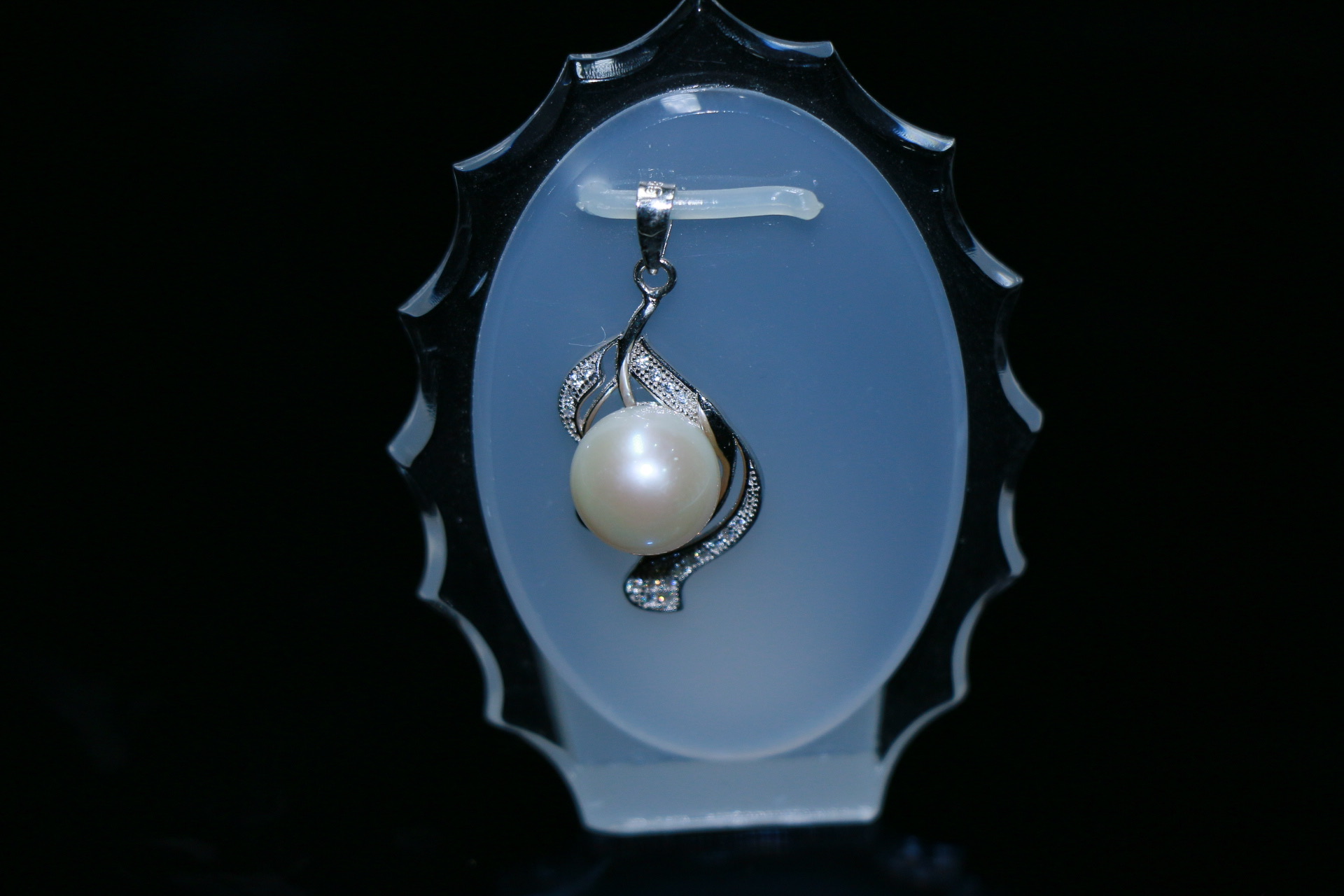
Cultivation of Pearls
Cultured pearls are created through a process known as pearl farming, which involves the deliberate insertion of irritants into mollusks. Pearl farmers carefully introduce pieces of shell or beads into the mollusk’s tissue, stimulating it to form a pearl sac.
Once the pearl sac is formed, the mollusk begins to secrete layers of nacre around the irritant, just like in the natural pearl formation process. Over time, these layers accumulate and form a cultured pearl.
The cultivation of pearls takes place on pearl farms, where the mollusks are carefully nurtured and monitored to ensure optimal growth. The farming process allows for a consistent supply of pearls that can be harvested once they have reached the desired size and quality.
Cultured pearls have revolutionized the pearl industry, as they provide a sustainable and reliable source of pearls. By controlling the cultivation process, pearl farmers can produce pearls in a range of sizes, shapes, and colors, catering to the diverse demands of the jewelry market.
Faux Pearls as Imitations
Faux pearls are imitation pearls that are made to resemble genuine pearls but are not composed of nacre like natural or cultured pearls. They are created using various materials to simulate the appearance of real pearls.
Materials used in faux pearls
Several materials are commonly used in the production of faux pearls. Glass-based imitations, such as glass beads coated with a pearlescent finish, are one of the popular choices. These glass pearls can closely imitate the look of real pearls, often displaying a similar luster and smooth surface.
Another common material used in faux pearls is plastic. Plastic-based imitations can have a smooth surface and a similar weight to real pearls. They are widely used in inexpensive jewelry and fashion accessories.
Faux pearls offer an affordable alternative for those who wish to enjoy the look of pearls without the cost associated with genuine pearls. While they may lack the value and durability of real pearls, faux pearls can still provide a fashionable and elegant touch to any outfit.
In summary, pearls are highly valuable and precious gems that hold a timeless appeal in the world of jewelry. Whether they are natural or cultured, pearls captivate with their elegance, luster, and variety of colors. They have a rich historical significance and are associated with love, purity, and luxury. From classic white pearls to exotic black and colorful variations, pearls continue to enchant and inspire generations of jewelry enthusiasts.
